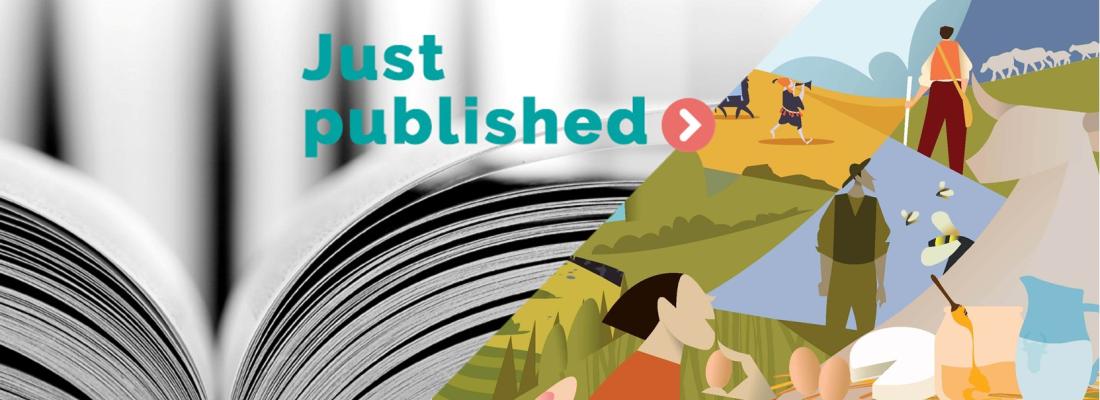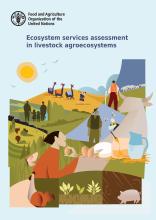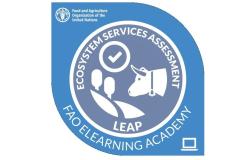Society and regional strategies Reading time 2 min
Ecosystem services assessment in livestock agroecosystems
As a key component of sustainable food systems, livestock contributes to food security, economic development, and employment. Yet, the ecosystem services provided by livestock have often been overlooked. The FAO LEAP guidelines, developed by an international group of experts including INRAE scientists, offer policymakers and practitioners a practical roadmap to assess the multifunctionality of livestock systems. This resource reviews key valuation methods, highlighting their strengths, limitations, and implementation needs, and provides both conceptual frameworks and practical tools to support evidence-based decisions for sustainable livestock production.
Published on 10 October 2025

This publication marks a major milestone for the FAO Livestock Environmental Assessment and Performance (LEAP) Partnership. It provides the first comprehensive, science-based framework to assess both the positive and negative environmental impacts of livestock, including ecosystem services. Developed through broad international collaboration — with contributions from experts such as Francesco Accatino (INRAE, UMR SADAPT) and Marie-Pierre Ellies-Oury, professor at Bordeaux Sciences Agro and associate researcher at INRAE (UMR Herbivores) — the FAO LEAP guidelines offer globally relevant, technically robust tools to support sustainable livestock systems.

The document highlights the crucial role of livestock agroecosystems in rural development, landscape management, and food security, while noting that public debate often focuses mainly on negative aspects such as environmental impacts, human health, and animal welfare. These concerns tend to overshadow the multiple benefits livestock systems provide to society. Framed through the concept of ecosystem services, the guide outlines four categories of benefits that livestock agroecosystems deliver to human well-being:
- Provisioning services, including the production of food and fibre.
- Regulating services, such as climate and air quality control, water management, disease regulation, pollination, and natural hazard mitigation.
- Cultural services, encompassing recreational, aesthetic, educational, social, and spiritual values.
- Supporting services, including soil formation, photosynthesis, and water and nutrient cycling.
Achieving truly sustainable livestock production requires recognizing and systematically assessing these services. To support this, the guide calls for a harmonized international approach. It recommends the Common International Classification of Ecosystem Services (CICES) as a standardized framework for identifying and categorizing ecosystem services, and proposes a five-step roadmap to ensure robust and transparent valuation processes that generate reliable evidence for policy and management.Integrating biophysical, socio-cultural, economic, and modelling valuation methods, the guide serves as a first step toward consistent international guidance. It provides both conceptual foundations and practical approaches to better assess, promote, and sustain the contributions of livestock agroecosystems to global sustainability.
Reference
FAO. 2025. Ecosystem services assessment in livestock agroecosystems. Rome. https://doi.org/10.4060/cd67

E-learning
Course : "Assessment of ecosystem services in livestock agroecosystems"Thanks to the work of the expert group "Ecosystem Services Assessment in Livestock Agroecosystems," the Livestock Environmental Assessment and Performance (LEAP) Partnership at FAO has developed an e-learning course.This course introduces the concept of ecosystem services provided by livestock agroecosystems and explores a range of assessment methods. Starting from foundational principles, it guides learners through biophysical, socio-cultural, economic, and modelling approaches, equipping them with the knowledge to effectively evaluate and promote ecosystem services in diverse agricultural contexts.It is aimed at government officers, programme officers, technical specialists, academics, researchers, students, and other professionals involved in the design, implementation, or evaluation of ecosystem services within the livestock sector.
